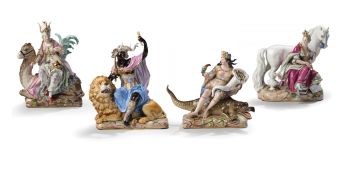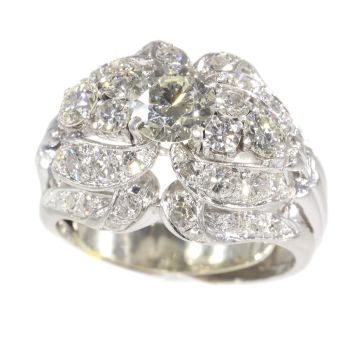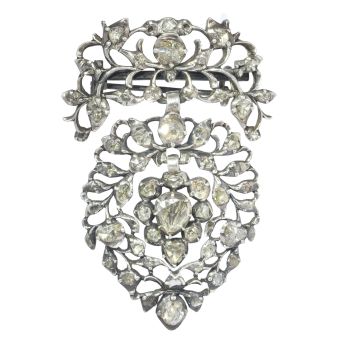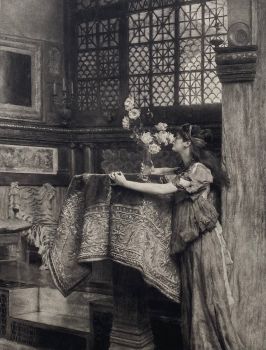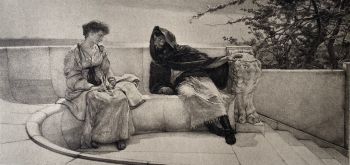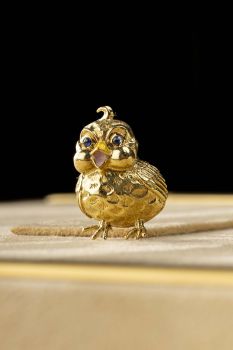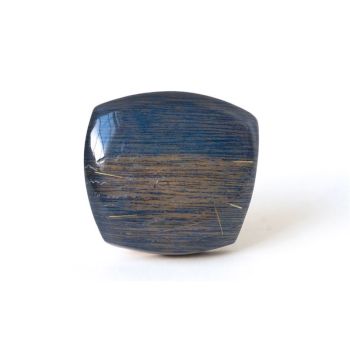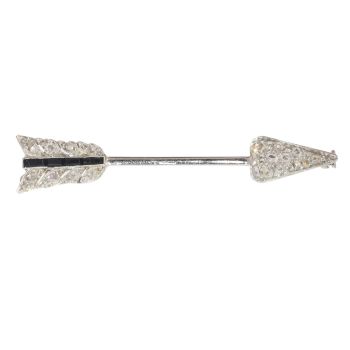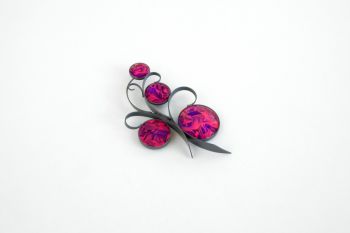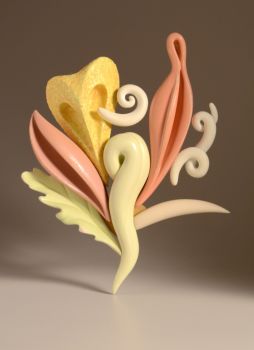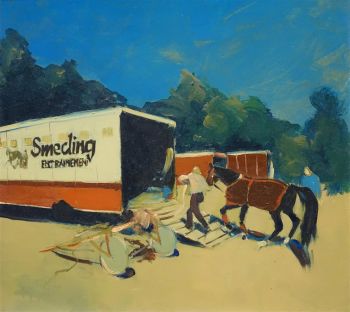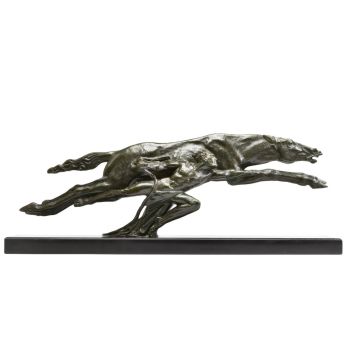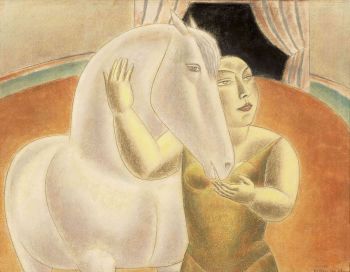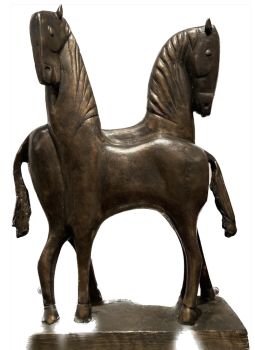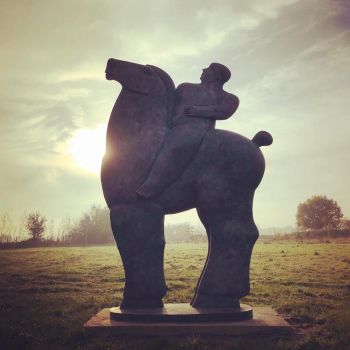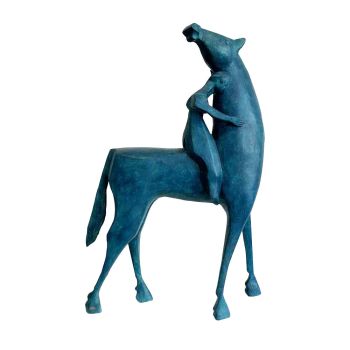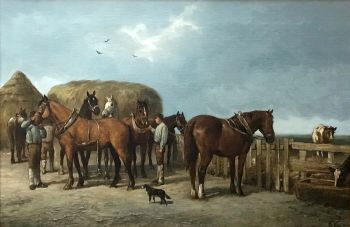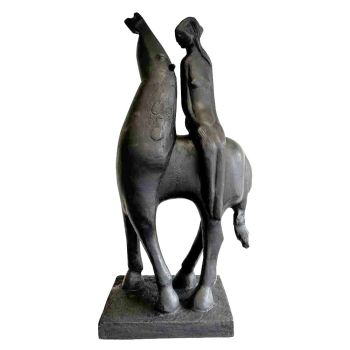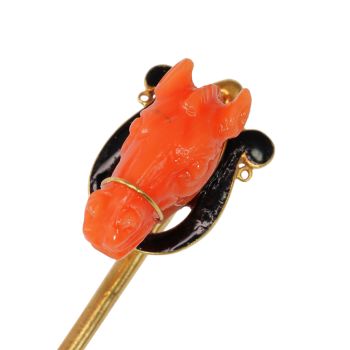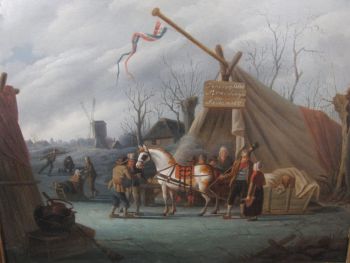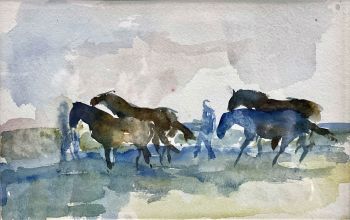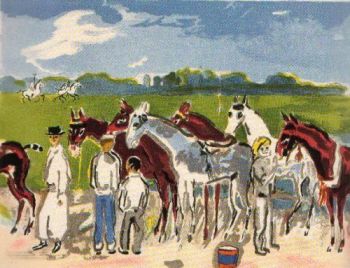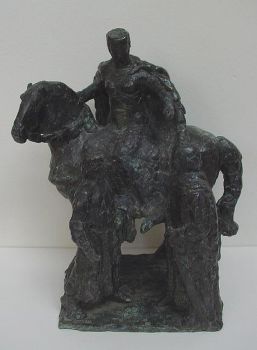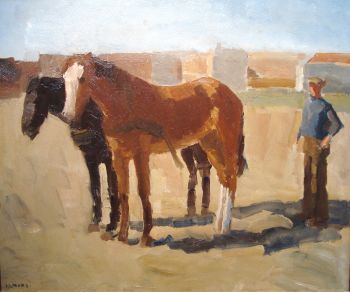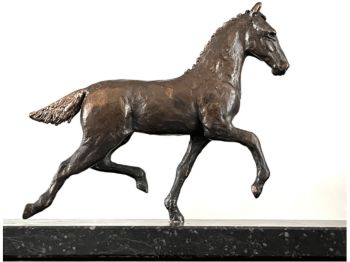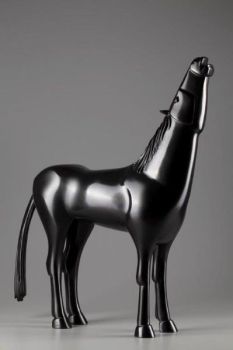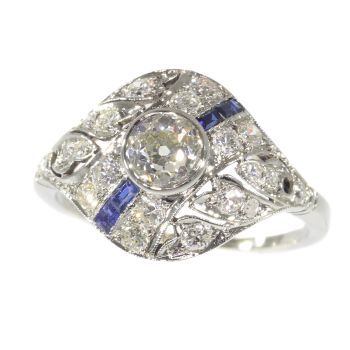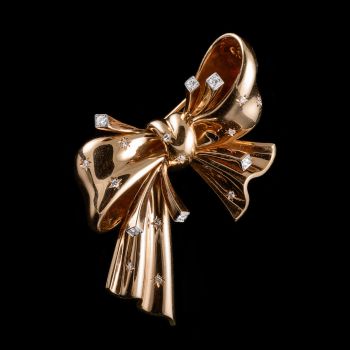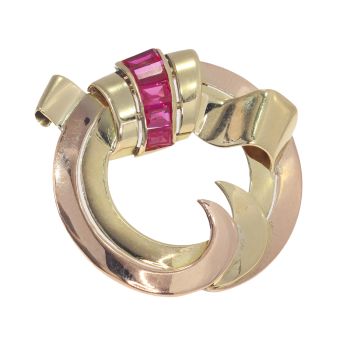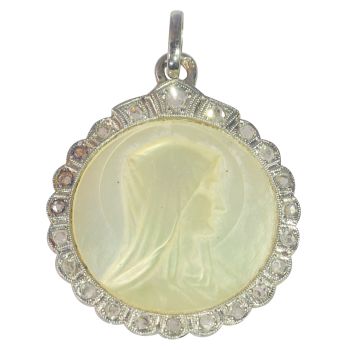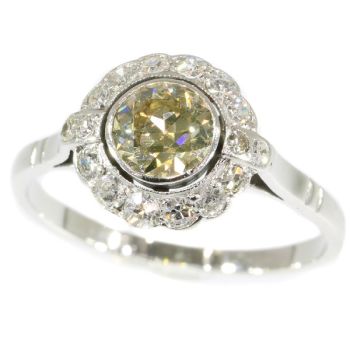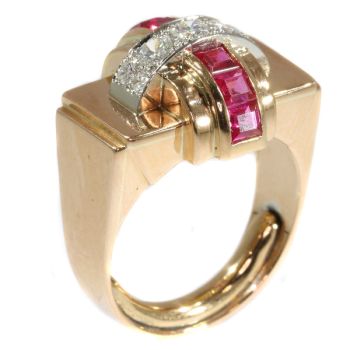Pinça de gravata antiga sapatilha de cavalo da sorte com diamantes e rubis em lapidação rosa 1890
Artista Desconocido
DiamanteRubíPiedra preciosa
€ 2.150
Adin Fine Antique Jewellery
- Sobre la obra de arte
Antique jewelry object group: tiepin/stickpin
Condition: excellent condition
- (more info on our condition scale)
Country of origin:Although it does not carry any legible control marks we believe this to be of Belgian origin.
Style: Victorian - Victorian decorative arts refers to the style of decorative arts during the Victorian era. The Victorian era is known for its eclectic revival and interpretation of historic styles and the introduction of cross-cultural influences from themiddle east and Asia in furniture, fittings, and Interior decoration. Victorian design is widely viewed as having indulged in a regrettable excess of ornament. The Arts and Crafts movement, the aesthetic movement, Anglo-Japanese style, and Art Nouveaustyle have their beginnings in the late Victorian era.
- See also: Victorianor more info on styles
Period: ca. 1890
- (events and facts in 1890)
Source of inspiration: Good luck tokens
Theme: Horseshoe - There is no consensus among historians as to when and by who horseshoes were first invented. What seems most plausible is that shoeing was invented by numerous armorers in different places at about the same time, and then kept as a militarysecret for a very short time - until the practice was apparently widespread. Fact is that to date they are considered to bring good-luck.
Material: 18k red gold and silver, see also: The silver on gold technique
- (more info on precious metals)
Diamonds:25 rose cut diamonds. We do not have the weight of the diamonds which is normal in our trade when it comes to rose cuts.
Precious stones:23 carre cut rubies (lab produced) (also called verneuil ruby). The fact that these stones are lab produced has no influence on the value of this jewel. Natural rubies and lab produced rubies were both used in this era, rather more for their effect than for their intrinsic value.
- (more info on precious stones)
Birthstones: Diamond is the birthstone (or month stone) for April and ruby for July.
- (more info on birthstones)
Hallmarks: No trace.
- (more info on hallmarks)
Dimensions: horse shoe 1,77 cm (0,70 inch) x 1,78 cm (0,70 inch), total length 8,10 cm (3,19 inch)
Weight: 3,30 gram (2,12 dwt)
Reference Nº: 14350-0146
Copyright photography: Adin, fine antique jewelry
- Sobre el artista
Puede suceder que un artista o creador sea desconocido.
Algunas obras no deben determinarse por quién está hecho o por (un grupo de) artesanos. Algunos ejemplos son estatuas de la Antigüedad, muebles, espejos o firmas que no son claras o legibles, pero también algunas obras no están firmadas en absoluto.
También puedes encontrar la siguiente descripción:
•"Atribuido a …." En su opinión, probablemente una obra del artista, al menos en parte.
•“Estudio de….” o “Taller de” En su opinión, una obra ejecutada en el estudio o taller del artista, posiblemente bajo su supervisión
•“Círculo de…” En su opinión, una obra del período del artista que muestra su influencia, estrechamente asociado con el artista pero no necesariamente su alumno.
•"Estilo de …." o “Seguidor de…”. En su opinión, una obra ejecutada al estilo del artista pero no necesariamente por un alumno; puede ser contemporáneo o casi contemporáneo
•"Manera de …." En su opinión una obra al estilo del artista pero de fecha posterior
•"Después …." En su opinión, una copia (de cualquier fecha) de una obra del artista
•“Firmado…”, “Fechado…” o “Inscrito” En su opinión, la obra ha sido firmada/fechada/inscrita por el artista. La adición de un signo de interrogación indica un elemento de duda.
•“Con firma…”, “Con fecha…”, “Con inscripción…” o “Lleva firma/fecha/inscripción” en su opinión la firma/fecha/inscripción ha sido añadida por alguien que no es el artista
¿Está interesado en comprar esta obra de arte?
Artwork details
Related artworks
- 1 - 4 / 12
- 1 - 4 / 24
Artista Desconocido
Broche Art Déco temprano1920
Precio a consultarAns Hemke-Kuilboer Juwelier & Antiquair
1 - 4 / 24- 1 - 4 / 24
Mauboussin
Broche de lazo Mauboussin1950 - 1955
Precio a consultarAns Hemke-Kuilboer Juwelier & Antiquair
1 - 4 / 24- 1 - 4 / 12




